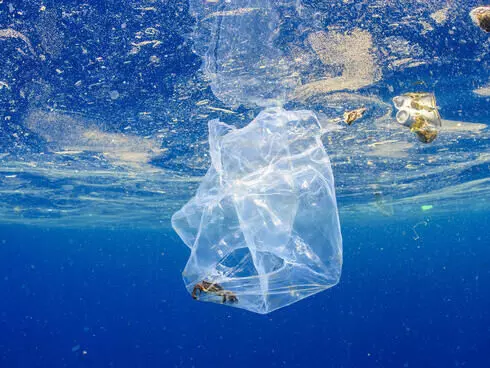
Chinese scientists create robot fish to clean up polluted ocean
text_fieldsBeijing: Microplastics in the ocean are one of the world's biggest problems. The tiny size of the pollutant makes them hard to see and clean up. And worse, they end up in food via fish.
Chinese scientists may have solved the problem by creating a robot fish that will "eat" microplastics. Author Wang Yuyan said these robots can provide information on marine pollution in real-time. Made of biocompatible polyurethane, it can be digested by marine animals without causing them any harm.
The team at Sichuan University in southwest China developed robots that are 1.3 cm in size and soft to touch. They are sucking up microplastics in the shallow water. Experts are planning to enable them to do the same work in deeper water as well. The robot fish can also recover itself when damaged.
They are also irradiated by light and can flap their fins. Scientists can control their wiggling movements to avoid crashing into other fish or ships. It also moves faster (up to 2.76 body lengths per second) than most soft robots.
Yuyan told Reuters that the lightweight miniaturised robots can be used in biomedical and hazardous operations as well. It can also eliminate diseases from the human body.
Every piece of plastic will eventually break down and become so tiny that they end up in the soil and ocean. In the sea, marine animals often mistake them for food and end up sick. Reports say 24.4 trillion pieces of microplastics are in the upper oceans and their count is increasing every day. They have a combined weight of 30 billion 500-ml plastic water bottles.
Synthetic textiles, fishnets, plastic bottles, and food packets are among the common sources of microplastics. It is estimated that 100,000 marine mammals are killed by these every year. They are either entangled in plastic or have eaten microplastics. These animals die due to damaged internal organs, suffocation, and injuries.





